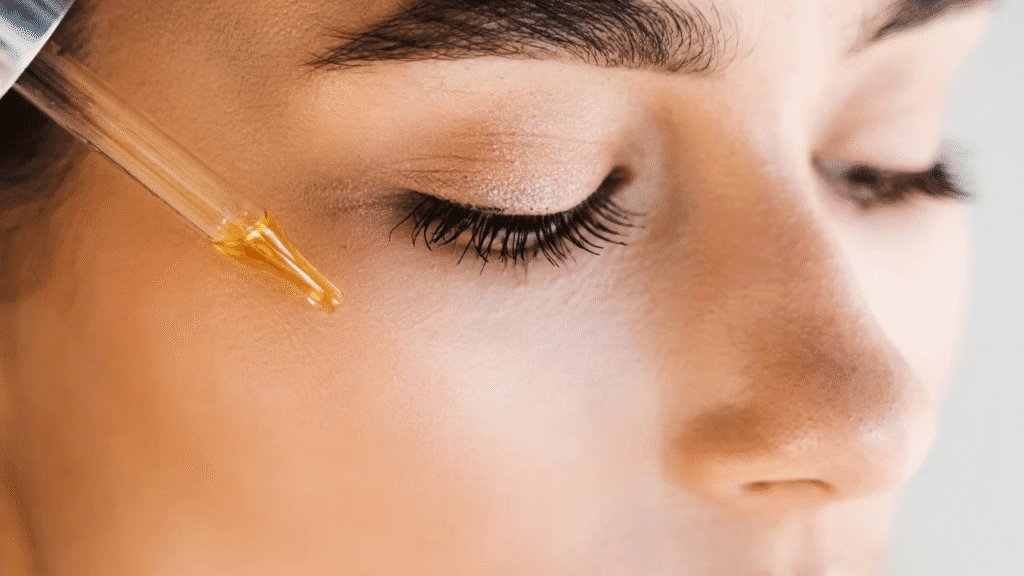From acne-fighting prowess to giving you the radiance of a brighter complexion salicylic acid is the ultimate multitasker in skin care. But are you utilizing it correctly? Let’s go in-depth about what makes it do so much, its most important benefits, and how to integrate it into your routine for glowing, clear skin.
What is Salicylic Acid?
Salicylic acid is a beta-hydroxy acid (BHA) that comes from willow bark. While water-soluble exfoliants are limited to working on the surface of the skin, this oil-soluble acid penetrates deep within pores to break up excess oil, dead skin cells, and debris — why it’s a best bet for combatting acne, blackheads, and irregular skin texture.

How Does Salicylic Acid Work on Skin?
Regulates Oil Production: Keeps excess shine at bay and prevents clogged pores.
Fights Persistent Acne: Penetrates deep into the pores to clear out impurities and reduce inflammation.
Smooths Complexion: Gently refines skin texture, promoting a brighter, more even tone.
Bottom line: If you’re struggling with acne, oily skin, or dullness — salicylic acid is a skincare hero worth adding to your routine.
Is Salicylic Acid Good for Your Face?
Yes — particularly oily and acne skin. Salicylic acid dissolves dead skin accumulation and prevents clogged pores, leading to less breakouts and a smoother face.
Warning: If you have dry or sensitive skin, begin slowly. Overuse leads to irritation or dryness. Use salicylic acid in combination with moisturizing components such as hyaluronic acid and ceramides to ensure balance.
Salicylic Acid Benefits For Skin
Here’s why this power ingredient has a place in your skincare routine:
1. Targeted Acne Treatment
Works deep within pores to clear blockages.
Regulates oil production without drying skin too much.
2. Gentle Exfoliation & Cell Renewal
Eliminates dead skin cells, showing a fresh, radiant complexion.
Ideal for acne skin and sensitive skin.
3. Deep Pore Cleansing
Breaks up blackheads and whiteheads.
Refines skin texture for smoother appearance.
4. Anti-Inflammatory Properties
Calms irritated skin.
Reduces redness and swelling.
5. Smooths Rough Skin
Treats conditions such as keratosis pilaris by dissolving excess keratin.
6. Pore Refining & Oil Control
Miniaturizes pores and minimizes shine.
Prevents future breakouts.
Salicylic Acid for Dark Spots & Acne Scars

Salicylic acid isn’t only amazing at breakouts — it’s also a tested friend in fading dark spots and acne scars.
Accelerates skin cell turnover, encouraging pigmented cells to disappear faster for an even-toned complexion.
When combined with brightening ingredients like vitamin C, niacinamide, or licorice extract, it dramatically improves skin clarity and radiance.
Consistent use is key: over time, salicylic acid not only fades existing discoloration but also prevents new spots from forming.
How to Use Salicylic Acid in Your Skincare Routine
1. Start with a Low Concentration
Begin with 0.5%–2%, and use it 2–3 times per week to allow your skin to adjust.
2. Select the Appropriate Product
Cleansers: For slight breakouts.
Serums/Spot Treatments: For longer-lasting acne and spot treatment.
3. Apply 2–3 Times a Week
As your skin gets used to it, you can slowly increase frequency — but don’t overdo it.
4. Layer with Caution
Combine with moisturizing ingredients (hyaluronic acid, niacinamide) to avoid dryness.
Don’t layer with harsh exfoliants or retinoids unless a dermatologist recommends it.
5. Morning vs. Night
Can be applied in the morning or at night — but if used in the morning, always use broad-spectrum sunscreen afterward.
6. For Body Breakouts
Treat back, chest, and shoulder breakouts with body washes, lotions, or sprays containing salicylic acid.
Common Salicylic Acid Mistakes to Avoid
1. Over-Exfoliating
Using it too often can dry out your skin, causing irritation. Begin slowly and heed your skin’s warning signs.
2. Combining with Incompatible Ingredients
Avoid use along with retinoids, AHAs, or vitamin C unless directed by a professional.
3. Skipping Moisturizer
Salicylic acid dries out your skin — always follow-up with a moisturizing moisturizer.
4. Skipping Sunscreen
Salicylic acid sensitizes the skin to UV rays. Daily SPF 30+ is essential.
Final Takeaway
Salicylic acid is one of the most powerful and multifaceted products you can include in your skincare arsenal — no matter what you’re trying to achieve, whether clearer pores, less breakouts, or smoother, more luminous skin.
Also Read : How to Treat Clogged Pores Naturally: Clear Skin at Home



